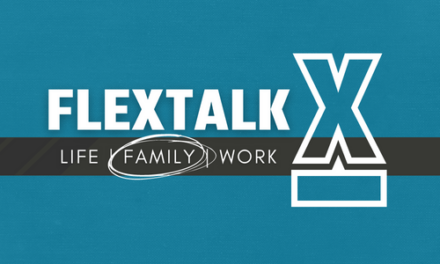As parents, we all want our children to thrive emotionally, intellectually, and socially. But sometimes, it can be challenging to know how to support our children’s development in the best possible way. That’s where “The Whole-Brain Child” by Daniel J. Siegel and Tina Payne Bryson comes in. In this book, the authors offer practical strategies for nurturing emotional development and improving parent-child relationships. In this post, we’ll dive into some of the key takeaways from the book and explore how they can be applied in everyday life.
The Science of Brain Development
The authors begin by explaining the science of brain development and how it shapes our emotional responses. They introduce the concept of the “upstairs” and “downstairs” brain, which refers to the prefrontal cortex (responsible for logical reasoning and decision-making) and the limbic system (responsible for emotions and instincts), respectively. By understanding how these two systems interact, parents can help their children develop self-awareness and emotional regulation skills.
The Power of Name It to Tame It
The authors emphasize the importance of “name it to tame it” when it comes to helping children manage their emotions. This strategy involves helping children identify and label their emotions, which can help them feel more in control of their reactions. The authors provide several examples of how this strategy can be used in real-life scenarios, such as when a child is feeling anxious or angry.
Integration of Left and Right Brain Functions
One of the key takeaways from the book is the importance of integrating left-brain and right-brain functions to promote optimal brain development. The left brain is responsible for logical reasoning and analysis, while the right brain is responsible for creativity and intuition. By engaging both sides of the brain, parents can help their children develop a range of skills, from problem-solving to emotional expression.
The Power of Storytelling
The authors suggest that storytelling can be a powerful tool for building resilience in children. By sharing stories that illustrate how others have overcome challenges or faced difficult situations, parents can help their children develop a growth mindset and a sense of inner strength. The authors provide several examples of stories that can be used in this way, from fairy tales to personal anecdotes.
Connection Before Correction
The authors describe the concept of “connection before correction” as a way to build trust and empathy with your child. This approach involves prioritizing the relationship with your child over any disciplinary measures. By connecting with your child first, you can help them feel seen and heard, which can ultimately lead to better behavior and improved emotional regulation.
Conclusion:
“The Whole-Brain Child” is a valuable resource for parents who want to support their children’s emotional development and strengthen their parent-child relationships. By understanding the science of brain development and implementing the strategies outlined in the book, parents can help their children develop self-awareness, emotional regulation skills, and resilience. Whether you’re a new parent or a seasoned pro, this book has something to offer for everyone.
- How do the concepts of “upstairs” and “downstairs” brain help us understand our own emotional responses and those of our children? Can you think of any real-life scenarios where this framework could be helpful in a parenting context?
- The authors emphasize the importance of “name it to tame it” when it comes to helping children manage their emotions. Have you ever tried this strategy with a child (or even with yourself)? Did it work? Why or why not?
- One of the key takeaways from the book is the importance of integrating left-brain and right-brain functions to promote optimal brain development. How can parents help their children develop these skills in everyday life, beyond the examples given in the book?
- The authors suggest that storytelling can be a powerful tool for building resilience in children. What are some stories or narratives that have been particularly impactful for you or your children? Why do you think this is?
- In the book, the authors describe the concept of “connection before correction” as a way to build trust and empathy with your child. Can you think of any situations where this approach might be especially challenging? How can we prioritize connection even in difficult or high-stress moments?



